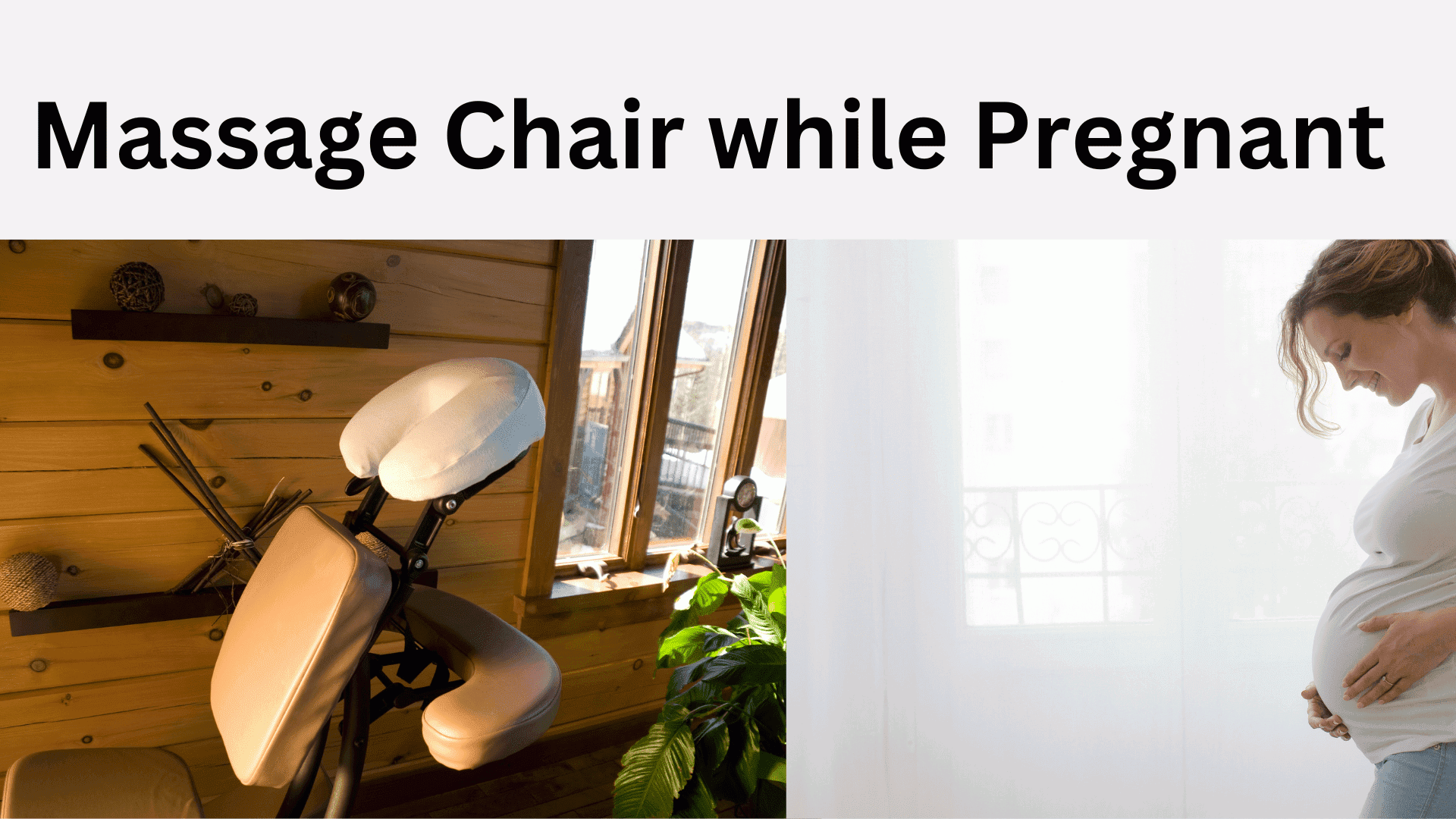Safety and Benefits of Chair Massage During Pregnancy

Chair massage offers a convenient and accessible form of massage therapy, potentially beneficial during pregnancy. However, understanding the physiological changes of pregnancy and potential risks is crucial for safe and effective application. This section details the benefits, precautions, and contraindications associated with chair massage during pregnancy.
Physiological Changes Affecting Chair Massage Suitability
Pregnancy significantly alters a woman’s physiology. Increased blood volume, hormonal fluctuations, and changes in posture and balance can influence the suitability and effectiveness of chair massage. For example, the increased blood volume can lead to orthostatic hypotension (a sudden drop in blood pressure upon standing), making certain massage techniques potentially risky. The softening of ligaments (ligament laxity) common in pregnancy might also affect joint stability, requiring modifications to pressure and techniques. Hormonal changes can also increase sensitivity to touch and influence the body’s response to massage. Finally, the growing uterus puts pressure on various organs, impacting comfort and necessitating adjustments to massage positions and pressure.
Benefits of Chair Massage During Pregnancy
Chair massage offers several potential benefits for pregnant women, primarily focusing on stress reduction and pain management. The gentle, focused nature of chair massage can alleviate muscle tension and stiffness in the back, neck, and shoulders, common complaints during pregnancy. Stress reduction, a key benefit, can help manage anxiety and improve sleep quality. Furthermore, chair massage can improve circulation and lymphatic drainage, contributing to overall well-being. The release of endorphins during massage can provide pain relief and a sense of relaxation. It’s important to note that these benefits are largely anecdotal and further research is needed to establish definitive evidence.
Precautions and Contraindications for Chair Massage During Pregnancy
Several precautions and contraindications exist regarding chair massage during pregnancy. Pregnant women with conditions like preeclampsia (high blood pressure during pregnancy), placenta previa (placenta covering the cervix), or gestational diabetes should avoid chair massage unless specifically cleared by their healthcare provider. Other contraindications include bleeding, severe varicose veins, and any conditions that might be exacerbated by massage. Pregnant women should inform the massage therapist of any medical conditions, medications, or concerns before the session. The therapist should avoid applying pressure to the abdomen and adjust techniques to accommodate the pregnant body’s changing needs. Women should also be advised to stop the massage if they experience any discomfort or unusual symptoms.
Comparison of Chair Massage Techniques and Suitability for Pregnant Women
| Technique | Benefits | Precautions | Recommended Trimester |
|---|---|---|---|
| Swedish Massage (adapted) | Relaxation, stress reduction, improved circulation | Avoid deep pressure on abdomen; modify positions as needed | All trimesters (with modifications) |
| Chair Shiatsu (modified) | Pain relief, improved energy flow | Avoid pressure points near abdomen; focus on upper body | Second and third trimesters (with modifications) |
| Acupressure (specific points) | Nausea relief (certain points), stress reduction | Avoid pressure points contraindicated during pregnancy; consult a qualified practitioner | All trimesters (with caution and expert guidance) |
| Myofascial Release (gentle) | Muscle tension release, improved posture | Avoid deep pressure; focus on superficial layers | Second and third trimesters (with modifications) |
Finding a Qualified Massage Therapist for Pregnancy: Chair Massage When Pregnant

Selecting a massage therapist for prenatal care is a crucial decision impacting both the mother’s well-being and the health of the developing fetus. A qualified therapist possesses the necessary knowledge and skills to provide safe and effective massage tailored to the unique physiological changes during pregnancy. Improper techniques can lead to complications, highlighting the importance of thorough research and careful selection.
Prenatal massage requires specialized training and experience beyond general massage therapy. Therapists should be well-versed in the anatomical and physiological changes during pregnancy, including hormonal shifts, circulatory adjustments, and potential contraindications. They must also be adept at modifying techniques to accommodate the growing belly and the increased sensitivity of pregnant women.
Locating Qualified Prenatal Massage Therapists
Several resources can help locate therapists specializing in prenatal massage. These include online directories of licensed massage therapists, referrals from obstetricians or midwives, and recommendations from other pregnant women. Directly contacting massage therapy schools or professional organizations can also yield valuable leads. Word-of-mouth referrals often provide reliable insights into the therapist’s expertise, professionalism, and client satisfaction.
Relevant Training and Certifications in Prenatal Massage Therapy, Chair massage when pregnant
While licensing requirements vary by jurisdiction, specific certifications demonstrate a therapist’s commitment to specialized prenatal care. The American Massage Therapy Association (AMTA) and other professional organizations offer certifications in prenatal massage, indicating completion of a comprehensive training program covering pregnancy-related anatomy, physiology, contraindications, and specialized massage techniques. These certifications usually include practical experience under the supervision of experienced instructors. Look for therapists who have completed continuing education courses focused on prenatal massage, ensuring they remain up-to-date on the latest best practices and research.
Checklist of Essential Questions for Potential Therapists
Before booking a session, a thorough assessment of the therapist’s qualifications and experience is vital. The following checklist provides key questions to ask potential therapists, ensuring they possess the necessary expertise and experience for safe and effective prenatal massage.
- What is your experience specifically with prenatal massage? (Number of years, approximate number of pregnant clients served.)
- Do you hold any certifications in prenatal massage, such as those offered by the AMTA or other recognized organizations?
- Are you licensed and insured to practice massage therapy in this state/province?
- What are your protocols for addressing potential contraindications during pregnancy, such as preeclampsia or gestational diabetes?
- What massage techniques do you typically use for pregnant clients, and how do you adapt them to different stages of pregnancy?
- Can you provide references from previous pregnant clients?
- What is your cancellation policy, and what are your fees?
- What measures do you take to ensure a clean and hygienic treatment environment?
